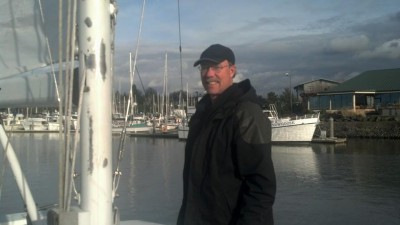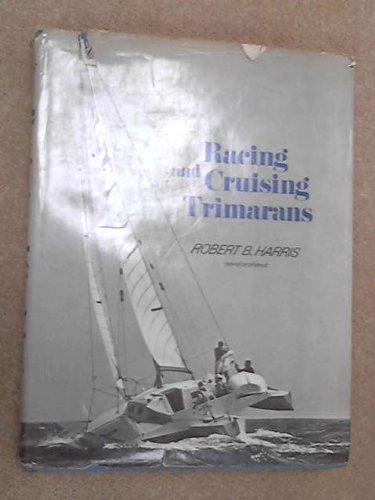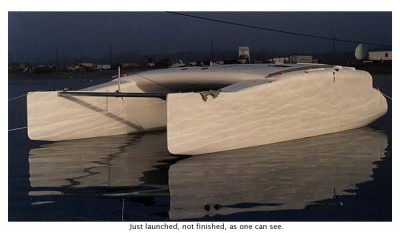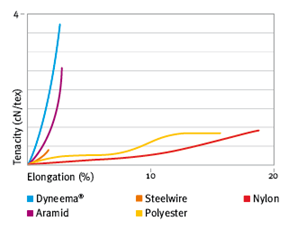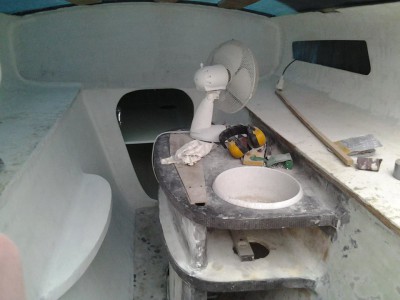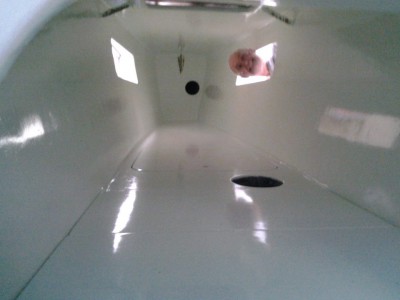I got this note from someone reading a posting on Steamradio.
“Interestingly Shuttleworth recently posted on Steam radio re. Kevlar as follows:”
“We put Kevlar inside. It is partly because it is significantly better in tension than compression, but also when water penetrates the resin fibre matrix it acts like a wick and the water will migrate into the laminate – not something you want in a material that is very close to the water all the time. Small areas of damage that are not attended to can make this a problem. The third reason is that in an impact the outer skin will rupture – the foam will distort It is is either Airex R63.80 or Corecell A500 and the inside skin will stay intact even if the resin starts to fracture. The idea is that the foam and outer skin absorb a lot of the energy before it gets to the inner skin – which is ultra strong in tension. this combination has proved very successful in a number of cases of grounding or high impact on the hull.
Kevlar does need to be laid in a combination with glass, because the resin does not stick to the fibres very well. For the bigger boats we use a unidirectional fabric with alternate tows of kevlar and glass 50:50 by volume. This means that each layer is 660 gms/m2 Aramid/Glass – 237 gms/m2 Aramid, 422 Glass Unidirectional.”
Regards
John Shuttleworth
for Shuttleworth Design Ltd.
At first I thought, doesn’t he know? So many things wrong as I see it. Those all seemed like reasons to never use Kevlar. A grounding or impact is usually bow or keel line. I cannot see tension strength helping against basically shear load.
The multihull will not sink so holing is not the worst of worlds. The disadvantage of tensile strength across in interior panel is that a small impact can make a huge delamination inside. Especially since the Kevlar is not bonding to anything else.
The Kevlar in combination with glass seemed to be a bad solution for a couple of reasons. Even if the glass is a good laminate, the poorly bonded Kevlar between glass lams means very poor shear transfer between layers. So why bother with the Kevlar at all?
Finally if the Kevlar is for impact, a woven fabric is much better than a uni or a knitted fabric.
Then I recalled my earlier comment that the only use for Kevlar is as a yuppie magnet, for boat sales. I realized that the way he uses Kevlar is brilliant. He puts it in the place on a hull where it can do the least harm. Then the boat sellers can attract yuppies with it. Like the carbon fiber cleat pads on Gunboats. Utterly wrong material, but it confirms to yuppies that they are indeed high tech. And that tiny bit of fabric visible is the evidence. Brilliant.
